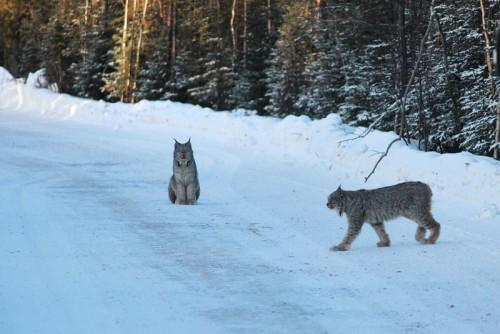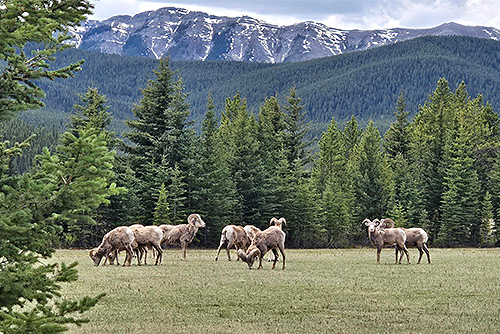No one likes to be stirred from a good nap, particularly if you’ve been asleep for several months.
So when an oil and gas company came across a bear den during construction of its pipeline, Alberta Energy Regulator (AER) biologists recommended that they delay the project until the bear’s hibernation was over.

“The AER requires wildlife sweeps and surveys for all energy development activities throughout Alberta, to identify wildlife habitats and features, such as nests and dens.” says Lisa Bridges, wildlife biologist with the AER. “These important wildlife features are then protected from the impacts of development.”
The company decided to adapt its project schedule, allowing the bear to enjoy a restful sleep and come out of hibernation naturally. Once awakened in the spring, construction continued, with measures in place to search for and protect any nesting birds that may have arrived.
Plan to Succeed
The AER’s environmental management has evolved since its inception in 2013. The organization employs many environmental professionals, among them four biologists. These wildlife and fisheries experts are tasked specifically with managing fisheries, wildlife, and biodiversity.
Most of the biologists’ time is spent reviewing project applications, providing advice to industry to guide them through the AER’s processes, and consulting with AER staff on various initiatives. They ensure that adequate and appropriate information is available for decisions about environmental regulations.
Wildlife are present at all four phases of a project’s life cycle: construction, operations, and closure. It is important to make sure that projects assess potential risks and that they are developed in a way that avoids or minimizes, and monitors for, potential negative effects to wildlife.
For the Birds
AER biologists work with industry, academia, government, and others to craft environmental management best practices and create mitigation approaches that balance protection of Alberta’s biodiversity while supporting sustainable energy development.
One such example is the Oil Sands Bird Technical Team, consisting of AER, Federal and Provincial government, and oil sands mine operators. Working together, the team tries to better protect birds from tailings ponds and other affected bodies of water.
Another important aspect of environmental management is mitigation and monitoring planning. When environmental impact assessments raise issues, it is critical that companies have mitigation and monitoring plans to address the issues to help minimize potential impacts on biodiversity. These plans must be ongoing, data informed, and adaptive to ensure that the necessary controls are in place. AER biologists play a significant role in this by asking questions about the risks to ensure that companies have considered all potential outcomes.
“Our approach to environmental management at the AER is truly holistic,” says Agnes Wajda-Plytta, wildlife biologist with the AER. “While wildlife and fisheries are important, we consider the entire biodiversity of the land and how ecosystems interact with energy development. By grounding our work in science and tackling complex, unfamiliar environmental challenges, we turn technical expertise into strategic guidance. This helps fill information gaps and supports informed decision-making across the organization.”
In the Wild
Like most of us, the biologists enjoy being in the great outdoors to get up close and personal with Mother Nature. Opportunities to get out may include project-specific site tours, inspection tours, and when incidents occur.

“Getting out to the field provides context and gives us a better understanding of the conditions. We manage all kinds of energy development including coal and oil sands mines, conventional and unconventional facilities, and pipelines, throughout the province, from the Rocky Mountains to the boreal to the prairies,” says Bridges. “Seeing sites first-hand improves our ability to conduct reviews, and to provide the best information to the operator and to AER’s inspectors, to help protect Alberta’s biodiversity.”


